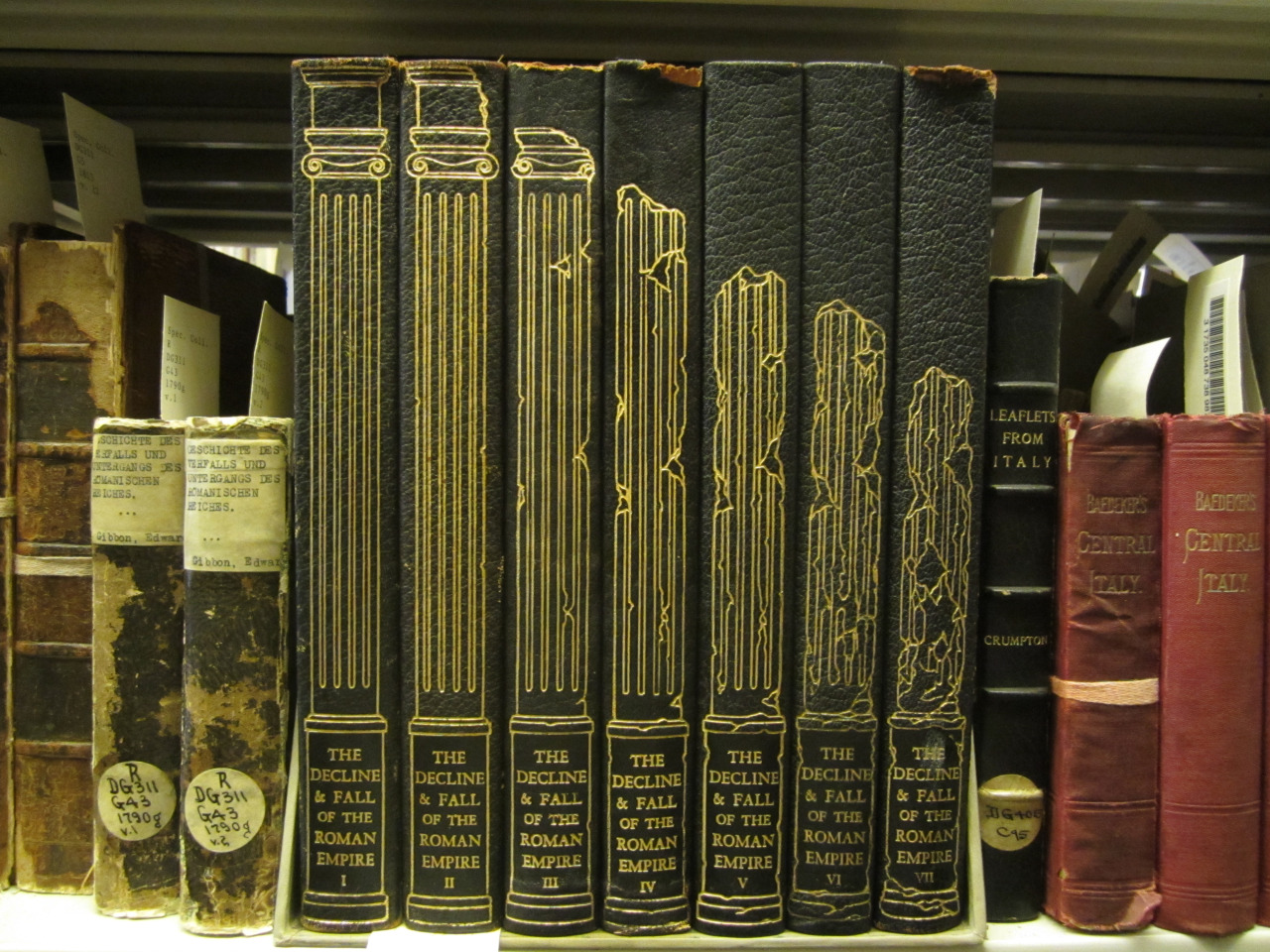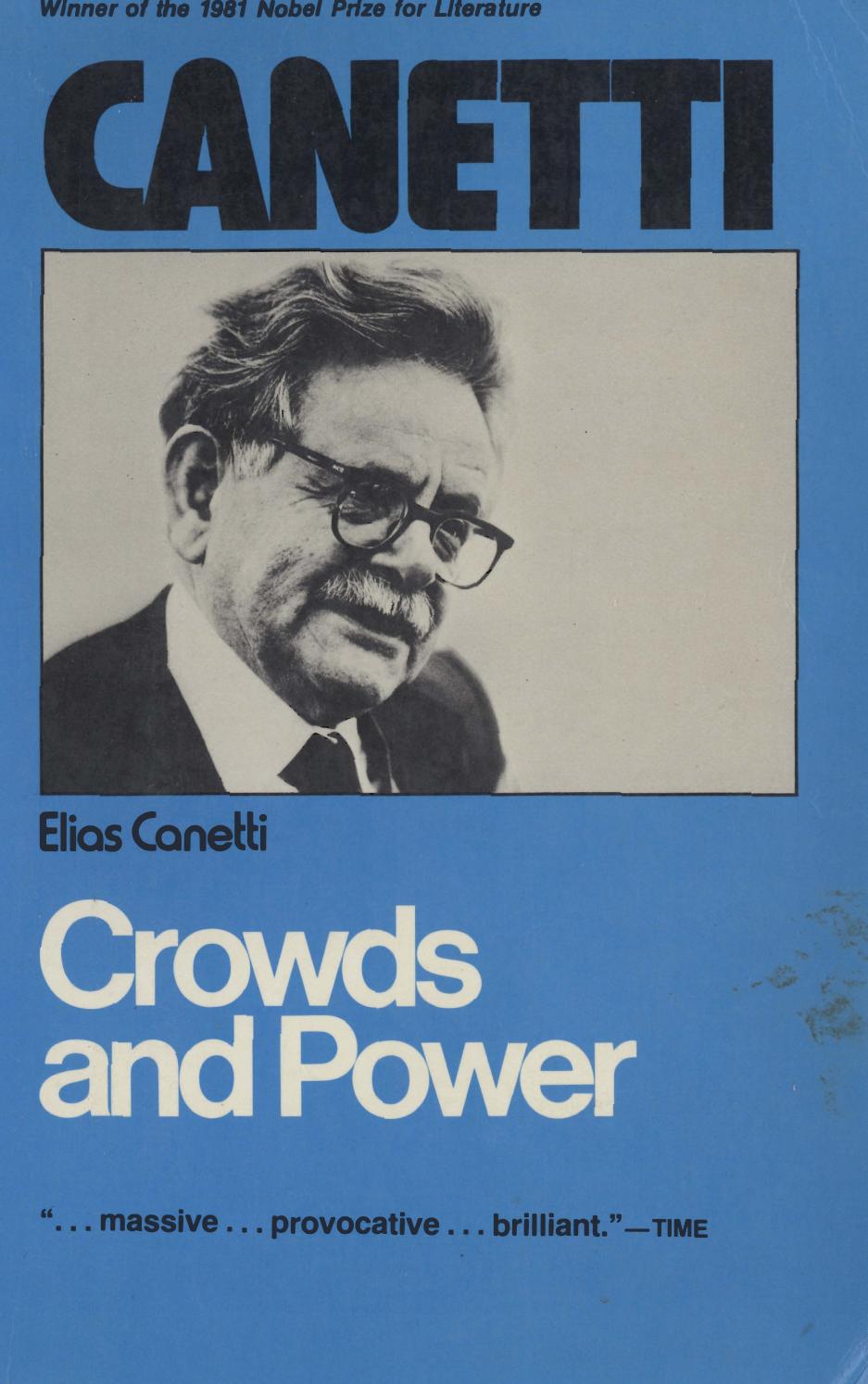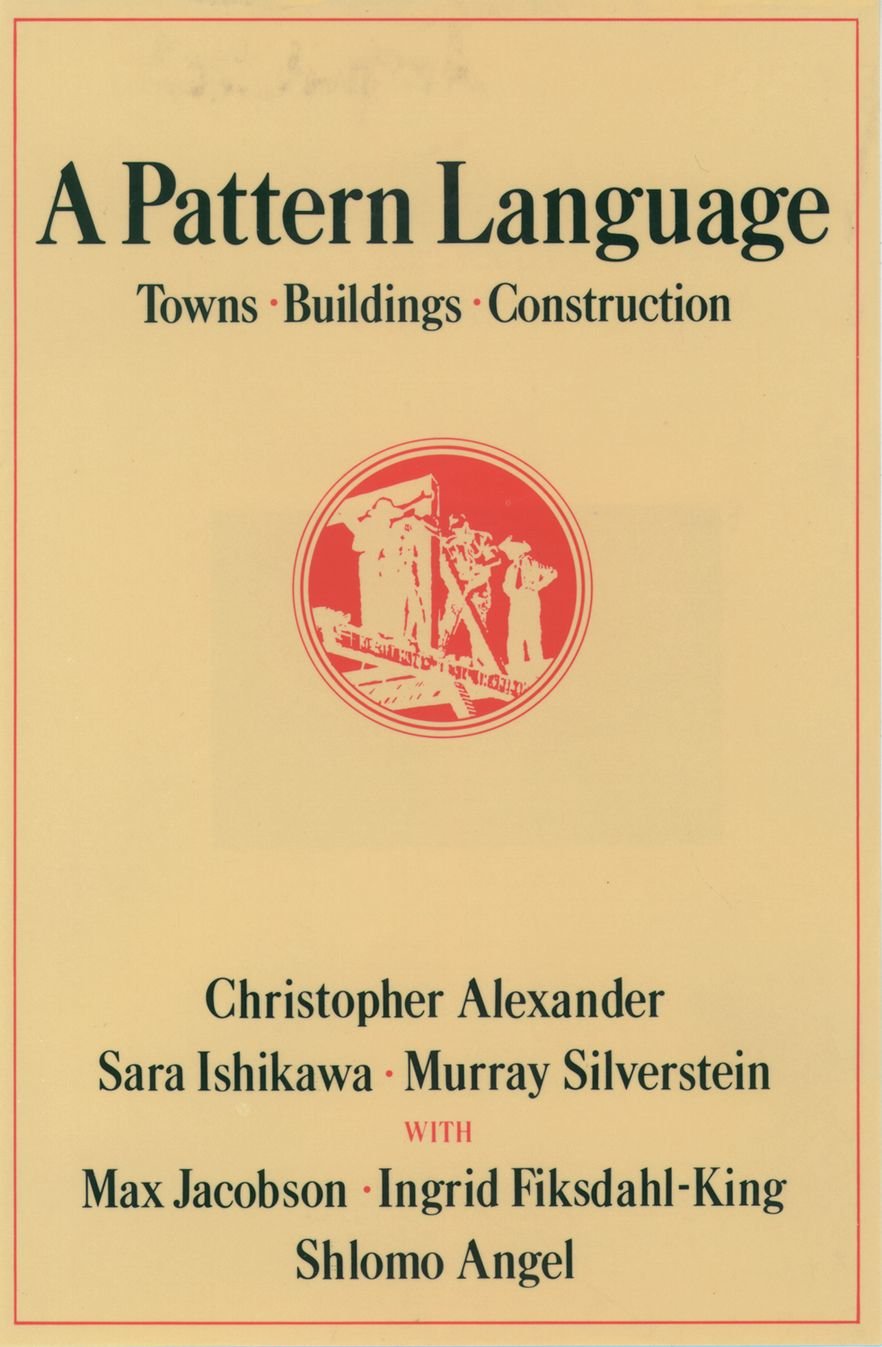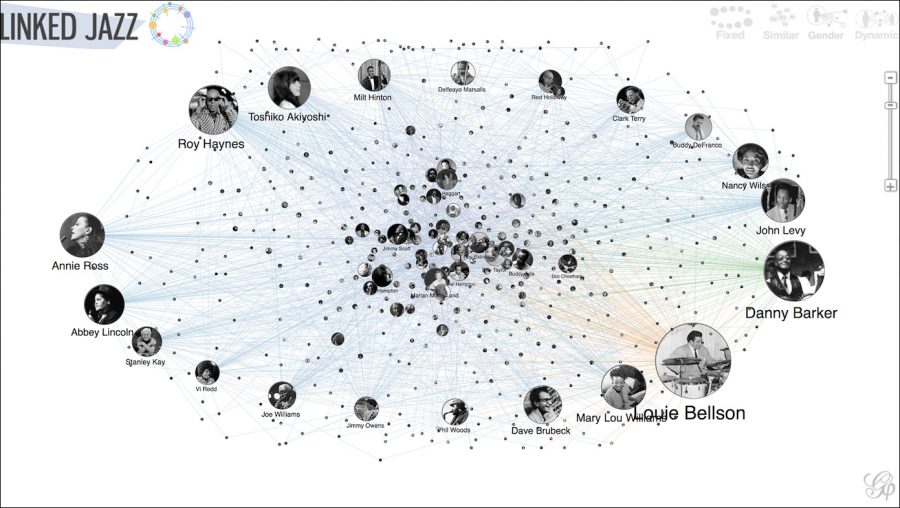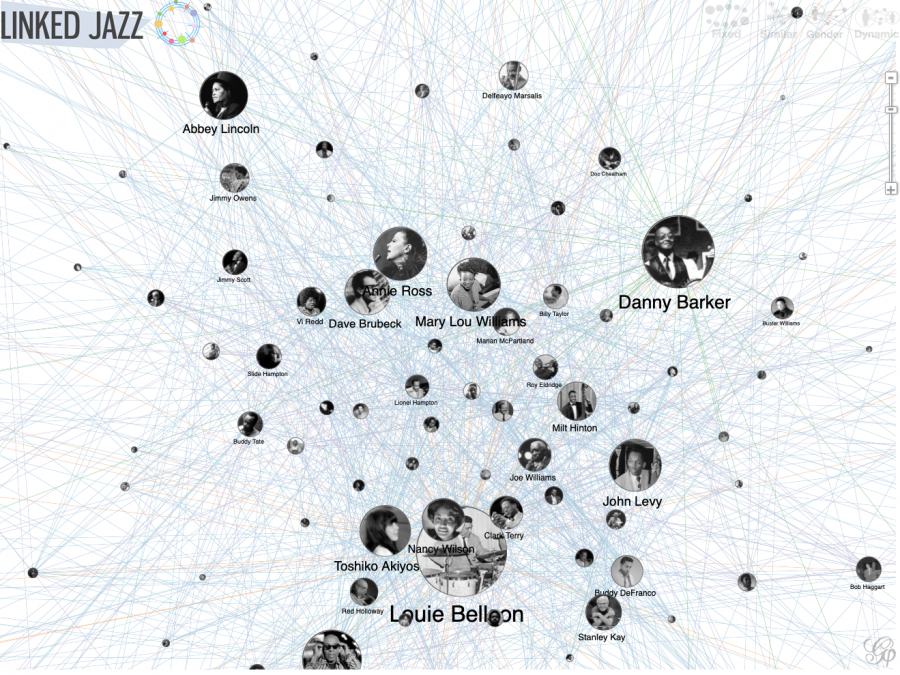
A heads up to all parents, Audible has announced that they’re providing free stories for kids during this period of social distancing, which inevitably means widespread school closures. They write:
For as long as schools are closed, we’re open. Starting today, kids everywhere can instantly stream an incredible collection of stories, including titles across six different languages, that will help them continue dreaming, learning, and just being kids.
All stories are free to stream on your desktop, laptop, phone or tablet.
Explore the collection, select a title and start listening.
It’s that easy.
Winnie the Pooh, Alice’s Adventures in Wonderland, Beatrix Potter–they’re all available as free audio.
You can find more free audio books in our collection, 1,000 Free Audio Books: Download Great Books for Free…
If you would like to sign up for Open Culture’s free email newsletter, please find it here. Or follow our posts on Threads, Facebook, BlueSky or Mastodon.
If you would like to support the mission of Open Culture, consider making a donation to our site. It’s hard to rely 100% on ads, and your contributions will help us continue providing the best free cultural and educational materials to learners everywhere. You can contribute through PayPal, Patreon, and Venmo (@openculture). Thanks!
Related Content:
Enter an Archive of 6,000 Historical Children’s Books, All Digitized and Free to Read Online
A Digital Archive of 1,800+ Children’s Books from UCLA

